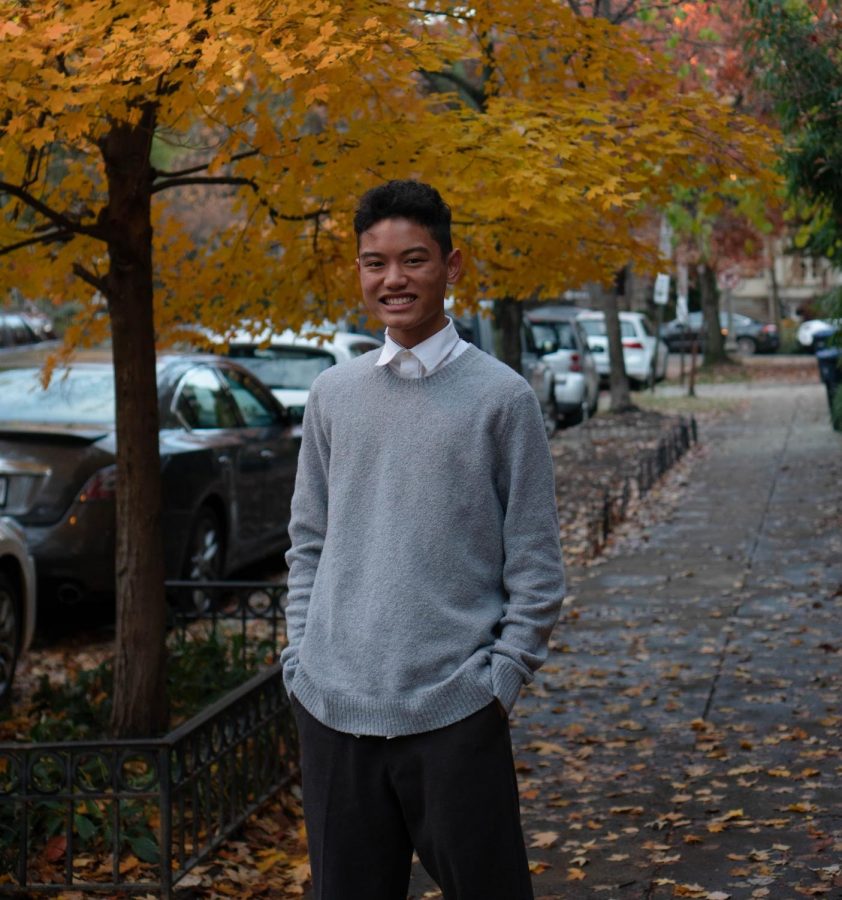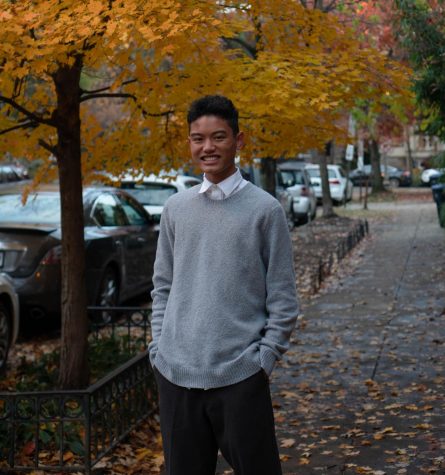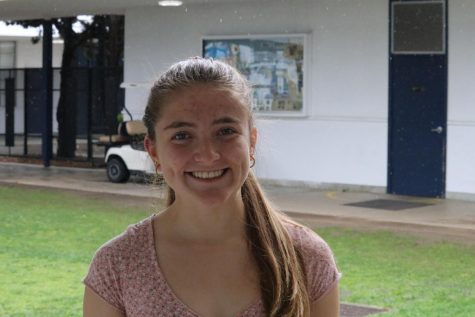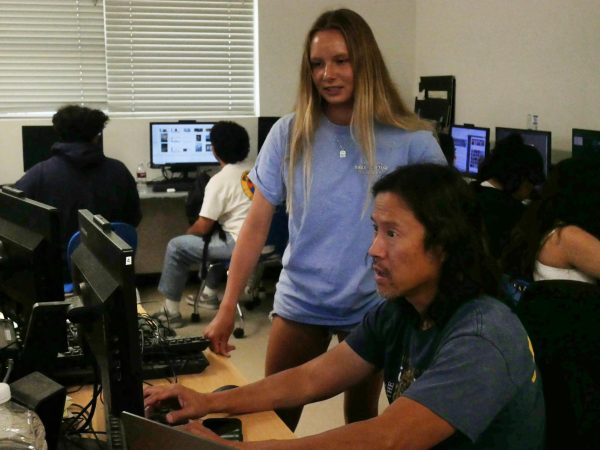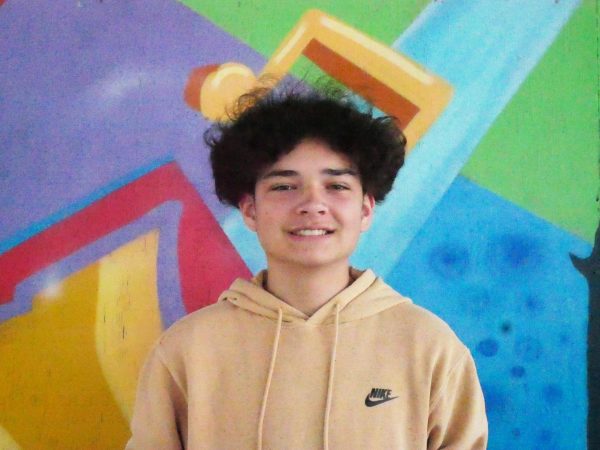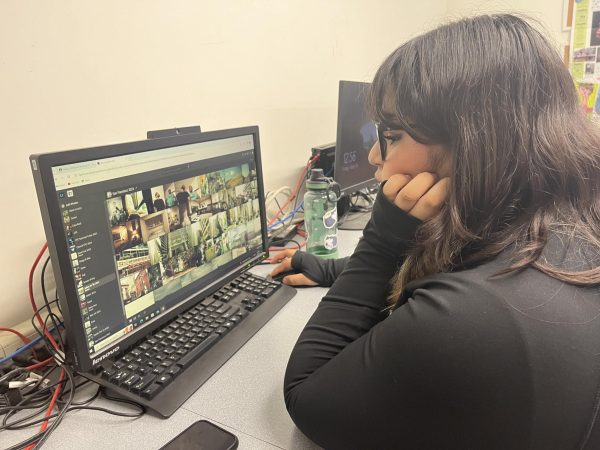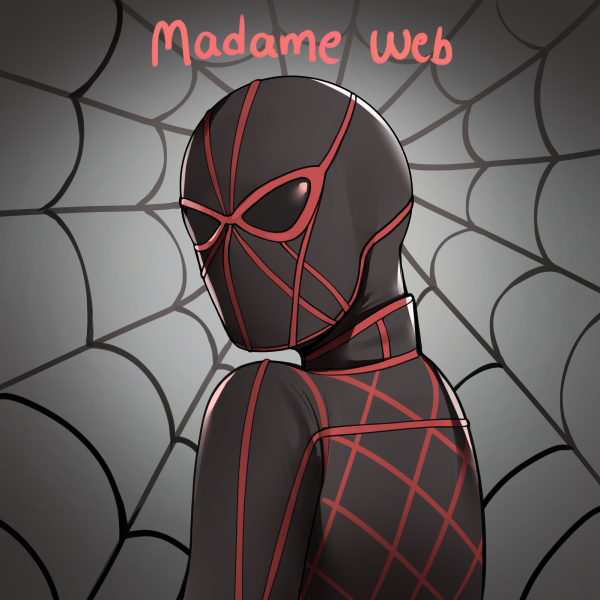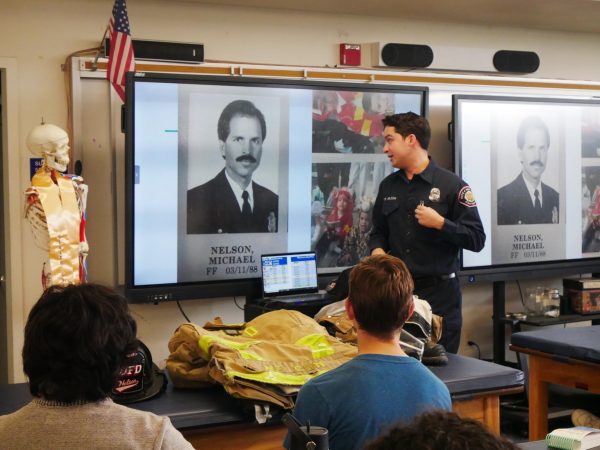Column: Looking through the lens
March 17, 2020
I was 13 when I got my first DSLR camera. It was my mother’s old Nikon camera from 2008, complete with a 18-55mm F3.5-5.6 standard kit lens. The camera felt heavy in my hands, with a solid build that would trump any other mobile photography device. Complete with buttons and knobs, my first camera gave me a sense of professionalism and expertise. At the time, I didn’t know what I was getting myself into, but I was undoubtedly excited.
I wanted to learn how to capture portraits with blurry backgrounds, just like those that I saw on social media platforms such as Instagram.
For me, a cell phone could not distinguish well between the subject and the landscape behind it, so blurry backgrounds basically signified quality in a photo. The blurrier the background, the better the photo was. So was the extent of my knowledge of photography at the time.
I began taking photos of everything: my brother, my mother, my dog, even the bushes in my front yard.
But there was a catch. Everything—including the subject—was blurry.
I didn’t quite understand, so I watched YouTube videos on how to make the photos more clear. Soon enough, I realized that I didn’t understand how to use the camera itself. The camera was on ‘manual’ mode by default, meaning that the settings were all incompatible with the environment I was shooting in. I switched the camera to ‘auto’ mode for the time being.
A couple of months in, as I took more photos, the photos gradually became more clear. Eventually, I grew out of the ‘automatic’ phase and I took the leap of faith and switched the camera to ‘manual.’
This is where my experience began to develop. Every day, I would take at least one photo. I brought that camera everywhere I went: the park, the grocery store, the movie theater, and the mall. Regardless of the subject, I snapped a photo.
However, something didn’t feel right. Although I’ve still yet to master the ‘holy trinity’ (ISO, aperture, and shutter speed) of ‘manual’ mode, I was getting pretty good at it, being able to capture clear and bright photos. But my photos just felt bland.
I was out taking photos with my uncle at the Fisherman’s Wharf in San Francisco. As we walked down the pier, cameras in hand, he stopped abruptly.
“Hold here,” he said. “Check this out. You see that man over there?”
He pointed towards the bay, and my eyes followed the direction of his finger.
An old man, wearing a beige fisherman’s vest and a matching hat, was sitting on a rusted chair at the edge of the pier, gazing into the distance with his fishing pole propped up against the rail.
My uncle pointed his camera in the old man’s direction and snapped a photo. In that moment, all I could do was watch that man. Feelings of peace and quiet enveloped my state of mind, coupled with feelings of uncertainty and anticipation.
“This is the art of looking,” my uncle said.
These few words I’ll never forget. They resonated with me, as though they unlocked an entire frontier of understanding that had been hiding in plain sight all along.
As I stepped into a new world of photography with this idea in mind, I’ve come to realize that photography is an art form; one that goes far beyond the rigid science of ‘manual’ mode.
Looking around, everything has the potential to become a great photo.
The photo of the old man taken at the Fisherman’s Wharf was so impactful because it displayed feelings and purpose, elements of photography that elevate reality.
In photography, the environment is just as important as the subject. The little details—the beige fisherman’s vest, the rusted chair, the fishing pole—all came together to tell a story about the subject.
The art of looking involves creating a composition that works to tell a story; this was the missing piece that I was searching for. All of my photos lacked a story.
So from that point on, I tried to search for one in every composition. I began to look.
I looked at everything, searching for elements that tied everything together. I looked at the colors—powerful colors that I can feel. I looked at the angles—angles that cause the viewer to imagine, to imagine a world beyond their own.
This was the new reality of photography. Photos became more like how I see the world, and my understanding of the world became less like how I see it. Blurriness ceased to bother me anymore, because I’ve come to realize that clarity can tell a story in its own right.
While I still bring my camera with me wherever I go, photography now has the meaning I was missing. Every photo snapped is a world of its own—and every world is a story of its own.

